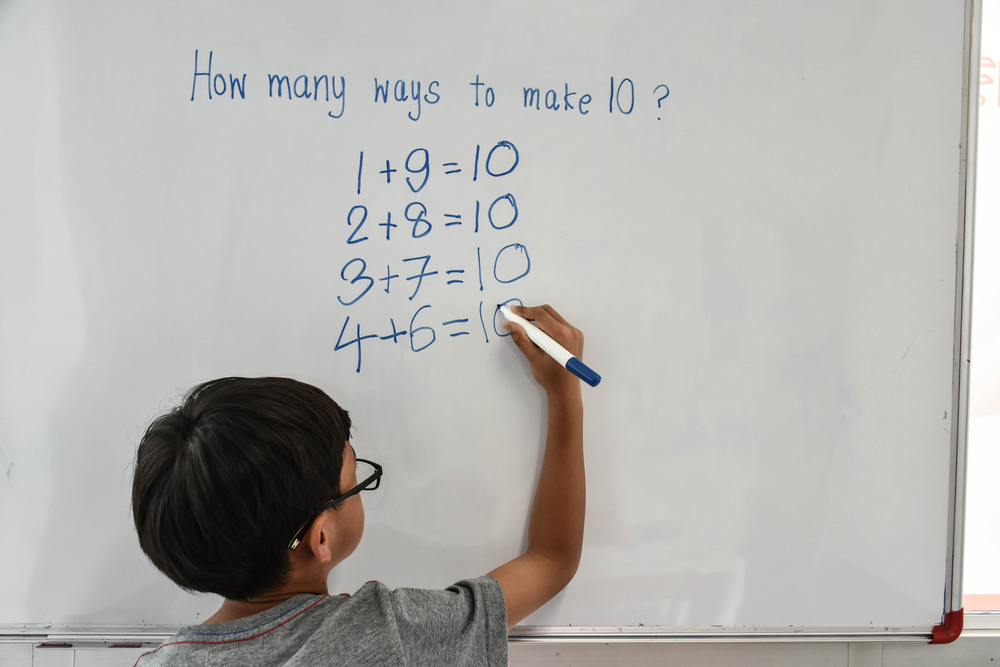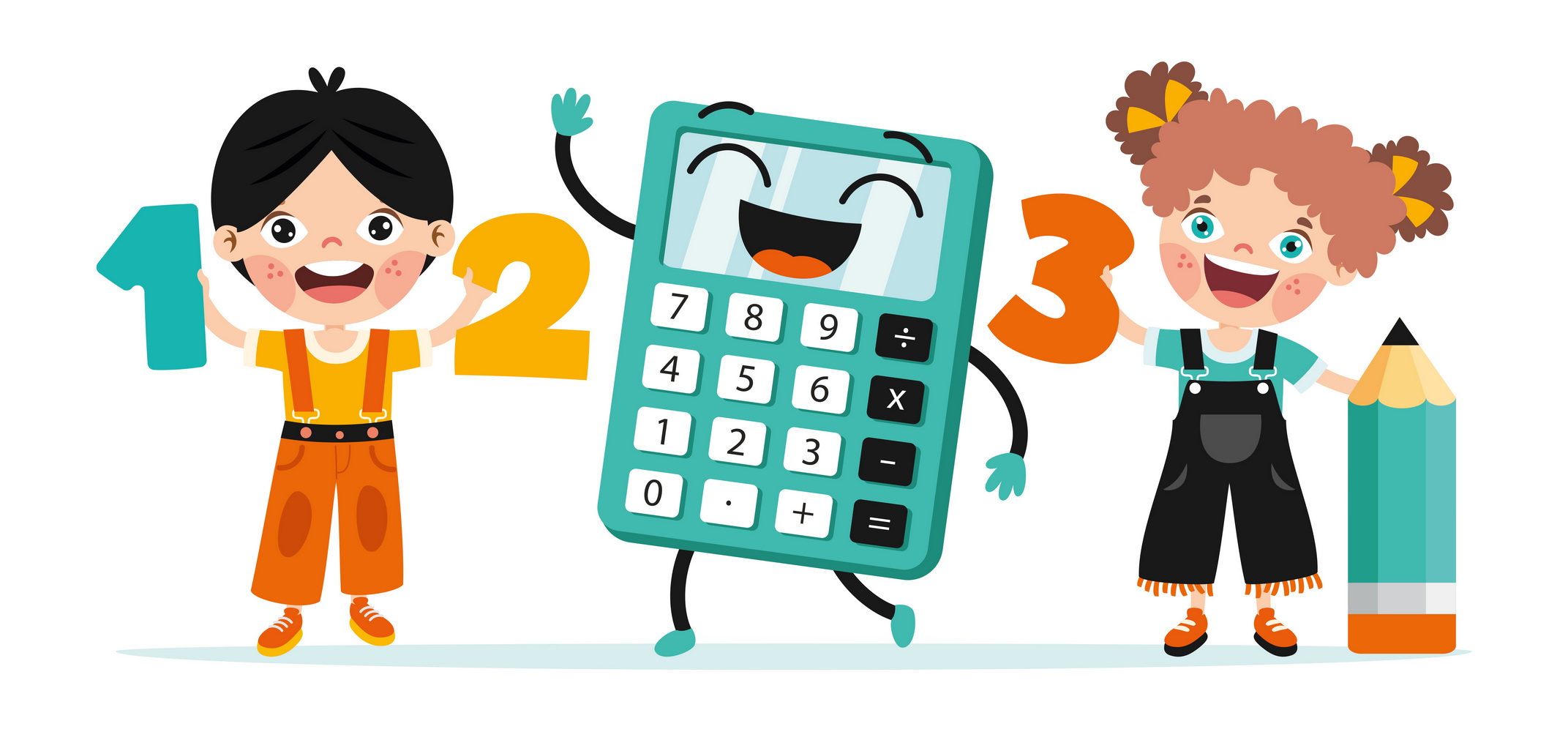Following instructions Normal Addition & Subtraction Worksheets for Ages 5-8
4 filtered results
-
From - To
Explore our engaging "Following Instructions Normal Addition & Subtraction Worksheets" designed specifically for children aged 5-8! These printable resources help young learners develop essential math skills by practicing addition and subtraction while following step-by-step instructions. Each worksheet ensures children enhance not only their mathematical proficiency but also their ability to interpret and execute directions accurately. With colorful graphics and age-appropriate tasks, these worksheets make math fun and enjoyable. Perfect for both classroom and home learning, they encourage independent thinking and problem-solving. Help your child build a strong foundation in math—download our following instructions worksheets today!
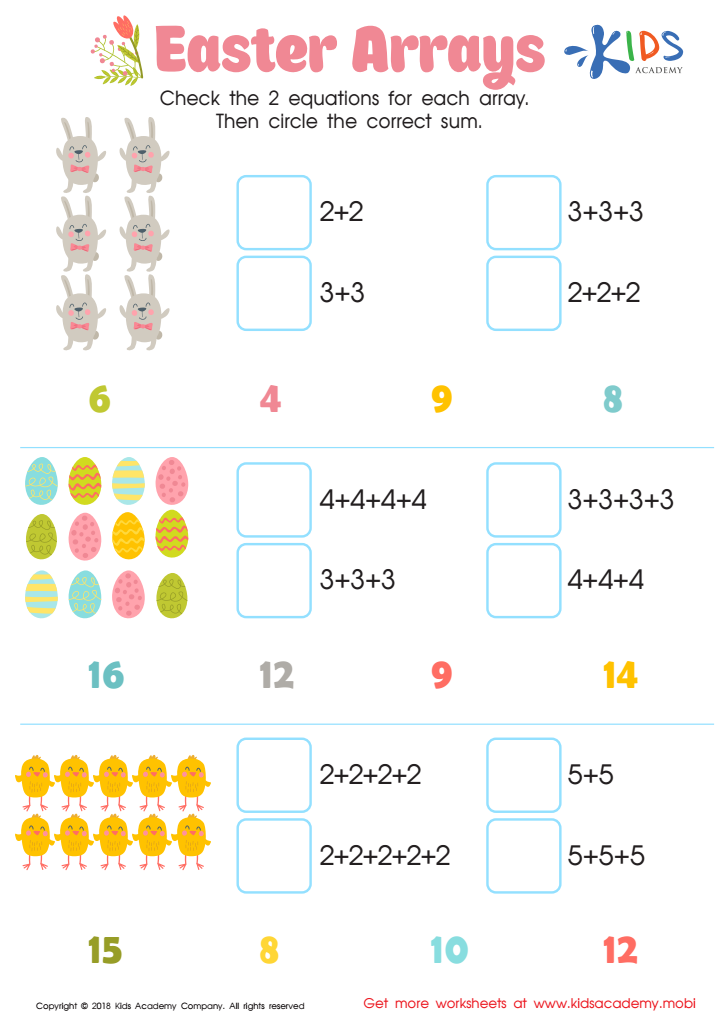

Easter Arrays Worksheet
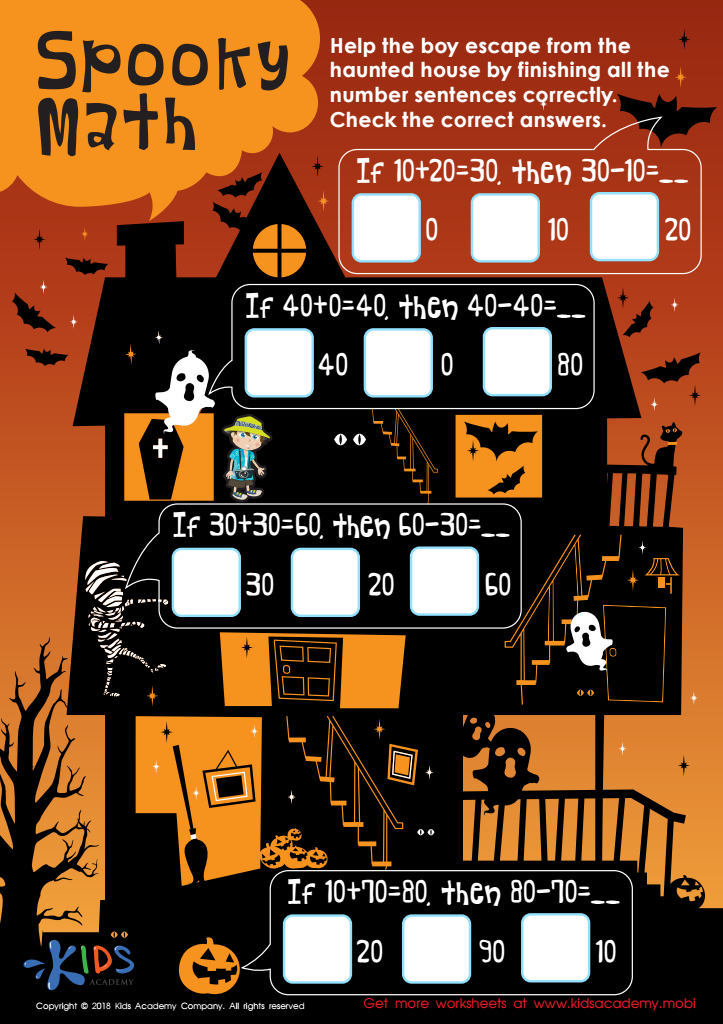

Subtract Tens: Spooky Math Worksheet
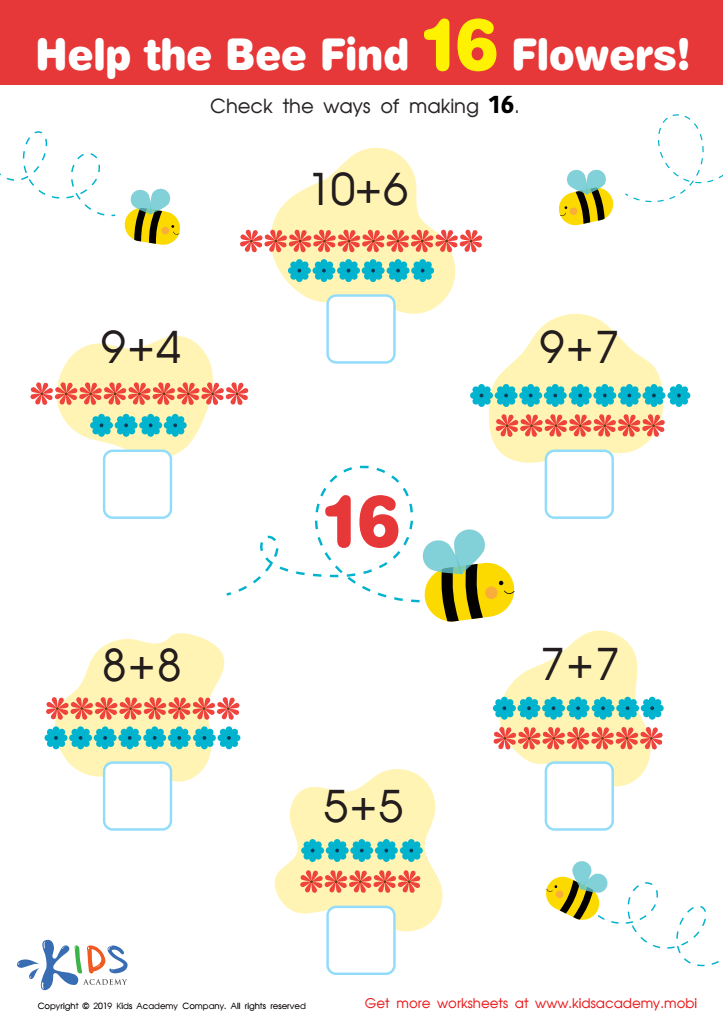

Help the Bee Find 16 Flowers Worksheet
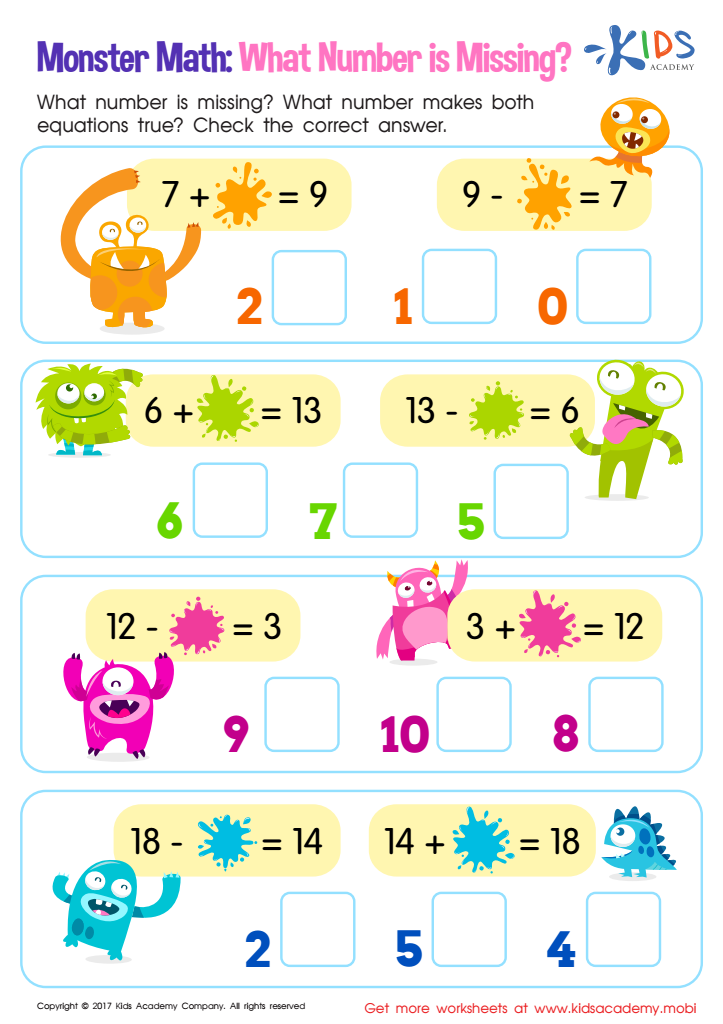

Missing Number: Monster Math Worksheet
Teaching children to follow instructions concerning normal addition and subtraction is essential for their academic and social development. For children aged 5-8, mastering these mathematical concepts forms the foundation for their future learning. When parents or teachers emphasize the importance of following instructions in mathematical tasks, they help instill critical skills such as attention to detail and problem-solving.
Adhering to instructions in addition and subtraction problems enhances a child's ability to understand sequential processes, which is critical not only in mathematics but also in reading comprehension and daily life. As children learn to decipher and follow multi-step directions, they also develop their listening skills and ability to work collaboratively in group activities.
Additionally, proficiency in these basic math operations builds confidence. When children successfully follow instructions to solve problems, they experience a sense of accomplishment, which can motivate them in other educational pursuits. Ultimately, cultivating the habit of following instructions during math lessons will aid children in transitioning smoothly into more complex concepts, fostering a love for learning and distinguishing successful learners in both academic and personal spheres. Hence, the developmental benefits of focusing on these skills makes it crucial for parents and teachers to prioritize this area.
 Assign to My Students
Assign to My Students





